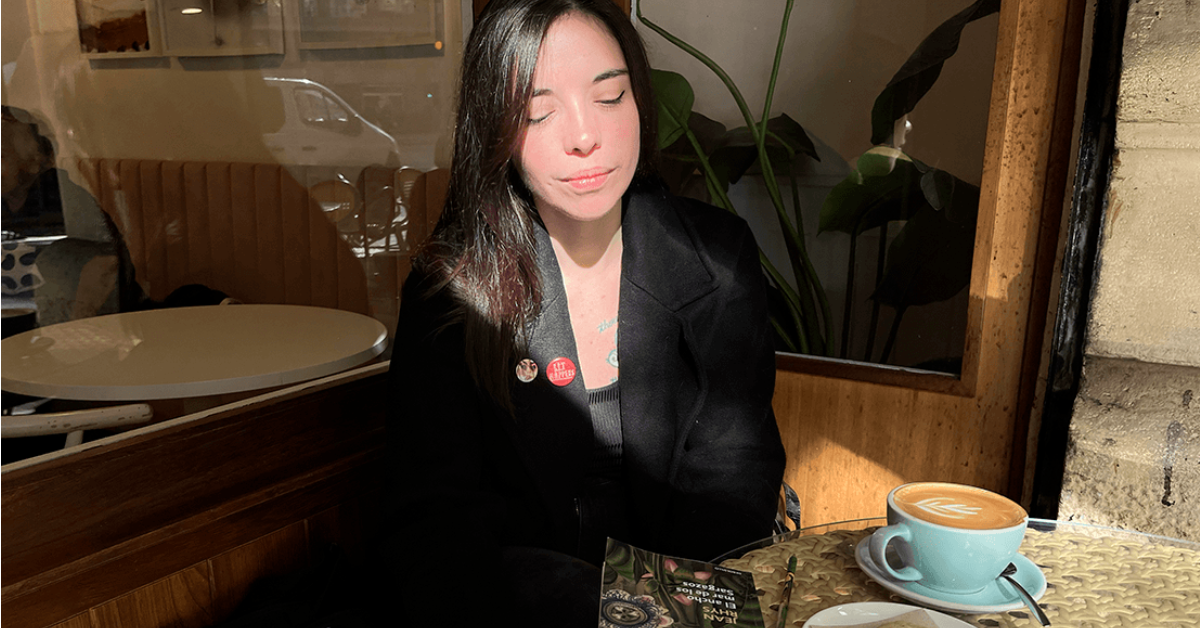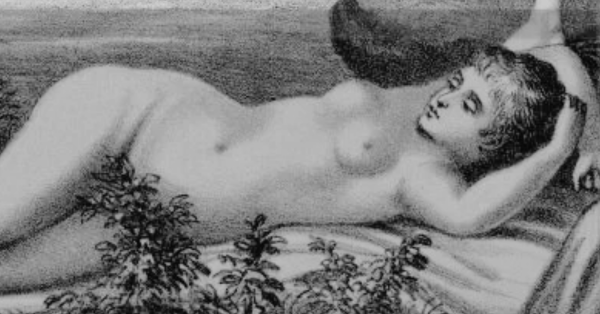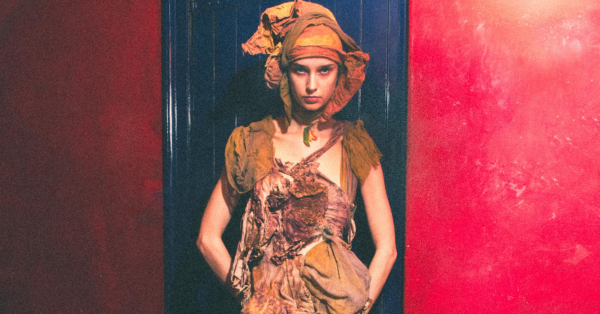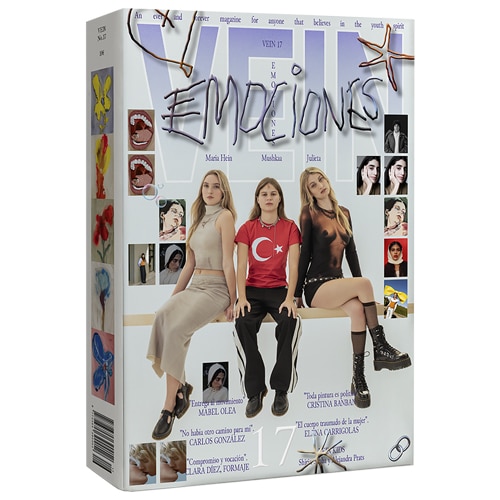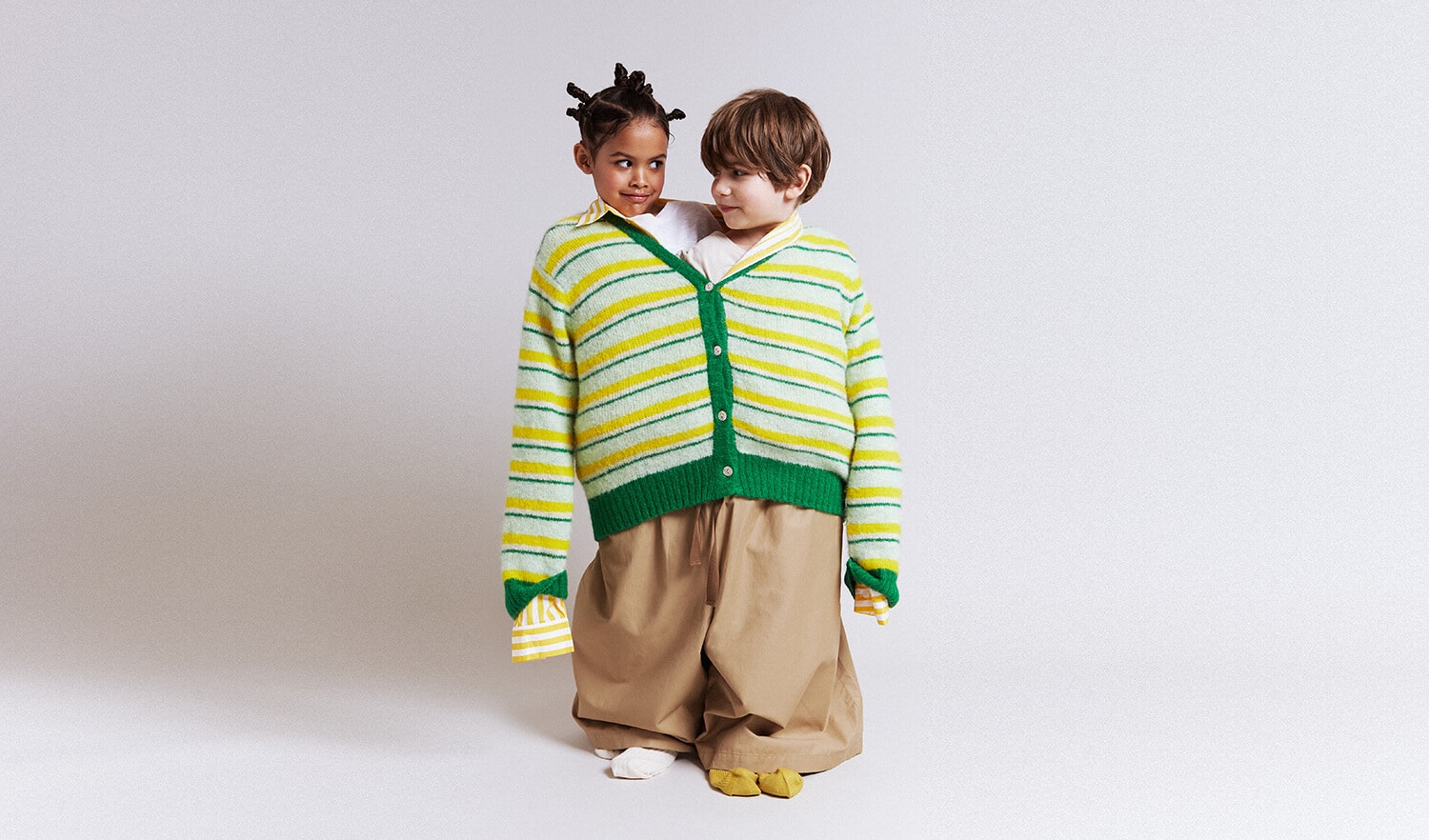Designer Rui Zhou has philosophically examined duality since establishing RUIBuilt in New York in 2019. Winner of the 2021 LVMH Karl Lagerfeld Prize for Young Designers (alongside KidSuper and Lukhanyo Mdingi), her vision for the brand and technique has only grown stronger since.
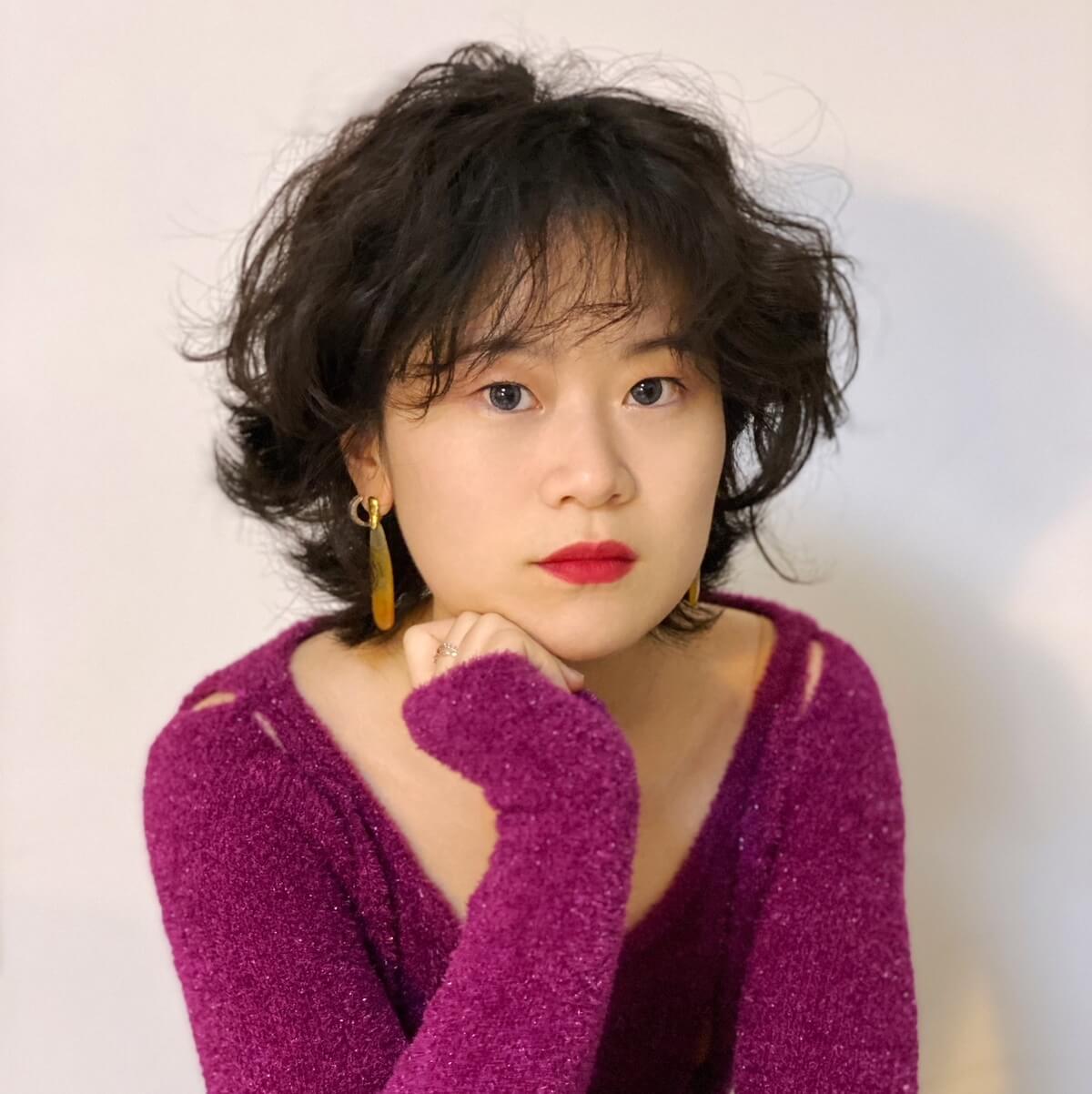
We got to chat with Rui following her presentation during Paris Fashion Week for her Fall Winter 2025 collection «Edgy of Touch». Walking into the gallery-like space in the Marais we found seashells other commonplace items, including a porcelain dog, almost rotten fruit, a giant wooden fish tank, a fake tree, and fabric-wrapped furniture, strewn around a white bed in the middle of the room. Performance artist, Kominato Yotsuha, plays a typical girl going about her day at home in a laid-back physical state. Her body is closely examined and watched as she «exposes» herself to the audience, inspiring deep thoughts on the dynamics of gaze and bodily autonomy. Its this exploration of duality where RUIBuilt transcends the brands’s signature knots in ties while encouraging everyone to find their own mode of expression.
What inspired you to start your own fashion label, and what was your vision for the brand?
The muse behind my design philosophy lies in the intricate «in between,» a nuanced connection that might sound abstract, yet I’m captivated by exploring the duality of everything in a philosophical way. Thus, my works often revolve around the concept of «between,» much like how fabric, when stretched and twisted, embodies the delicate tension and restraint between fragility and strength, inspiring my contemplation on experiences and identity.
From my Parsons MA graduation collection «Cloth Up,» inspired by the intimacy of family relations, to the newly launched lifestyle series, I’ve moved from a focus on the beauty of female friendship’s power to a continuous exploration of seeking for the relationship and spatial structure between skin and fabric, body and clothing, entity and boundary.
The brand’s most iconic garments and cutouts were initially used in my graduate thesis project at Parsons. I employed an extremely stretchable knit to interpret a fragile and sensitive state, expressing the relationships and mutual influences between people. At the time, I wanted to convey feelings about intimacy, the human body, and the marks of imperfection. Later, when establishing the brand, it was only natural to continue using this unique and distinctive material.
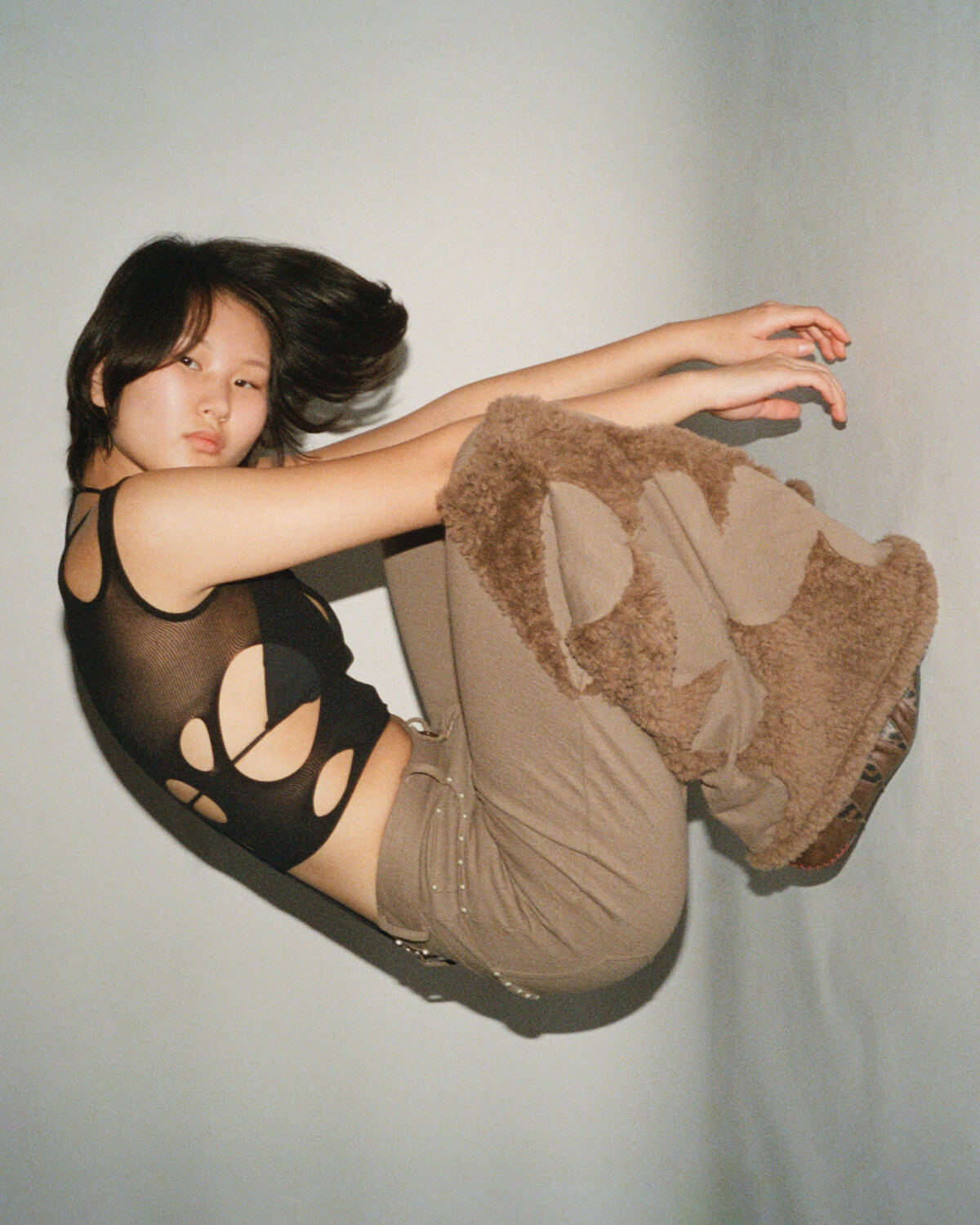
How would you describe the core DNA of RUIbuilt’s aesthetic?
Love what makes you, you.
As a designer with a multicultural background, born and raised in China, studied in New York, how does your heritage influence your designs and brand identity?
Growing up in China instilled in me a sense of discipline and restraint, while studying in New York encouraged personal liberation and creative fearlessness. I combine the precision and structure honed from my Chinese upbringing with the experimental freedom I discovered in New York. You can see this interplay in our aesthetic as a contrast between structure and softness, mix of rigor and ease. There’s also a philosophical exploration of the body guiding my designs. I view clothing almost like a second skin – an extension of the body – which comes from both an Eastern notion of harmony and a Western celebration of individuality. Our brand’s ethos of embracing the body’s natural form.
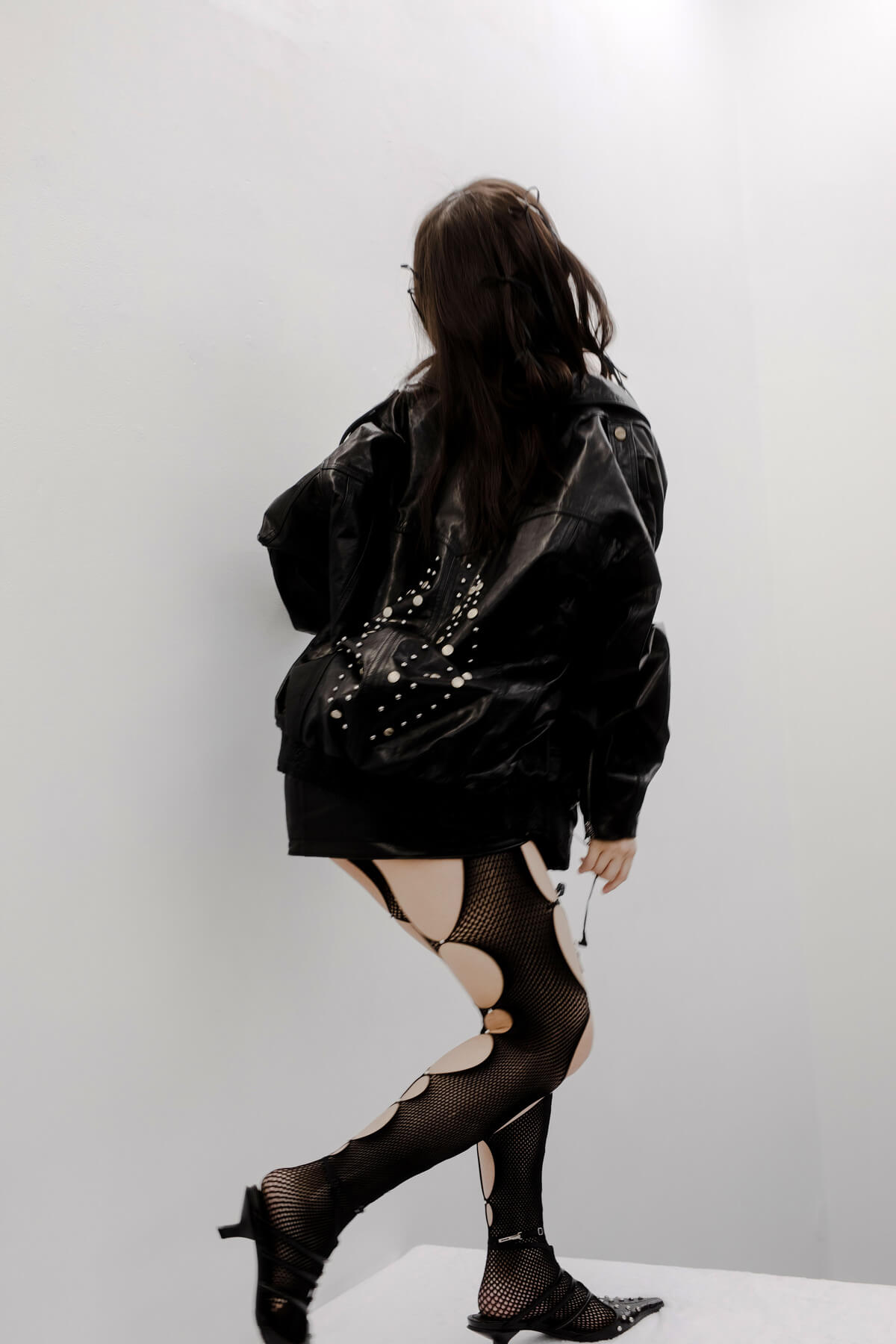
What role does sustainability play in your design process and brand philosophy?
Sustainability plays a crucial role in our design process and brand philosophy. We will offer free clothing repairs to extend the lifespan of our garments and strive to incorporate eco-friendly concepts throughout the design and manufacturing processes.
What was the inspiration behind the “Edgy of Touch” collection, and how did you translate that concept into the designs?
This collection is a dialogue about wrapping and revealing, breaking and mending, separation and connection… The natural splitting of elastic fabrics and the organic extension of cutout curves depict a «soft armor» that envelops the body — cracks do not signify rupture but rather the edges of connection, growing naturally with the body’s movement. The collection explores new possibilities through the form of knots and ties. Ribbons symbolize connection, while printed beads and shell pendants extend the metaphor of life-force emotion, creating a poetic fusion of nostalgia and futurism.
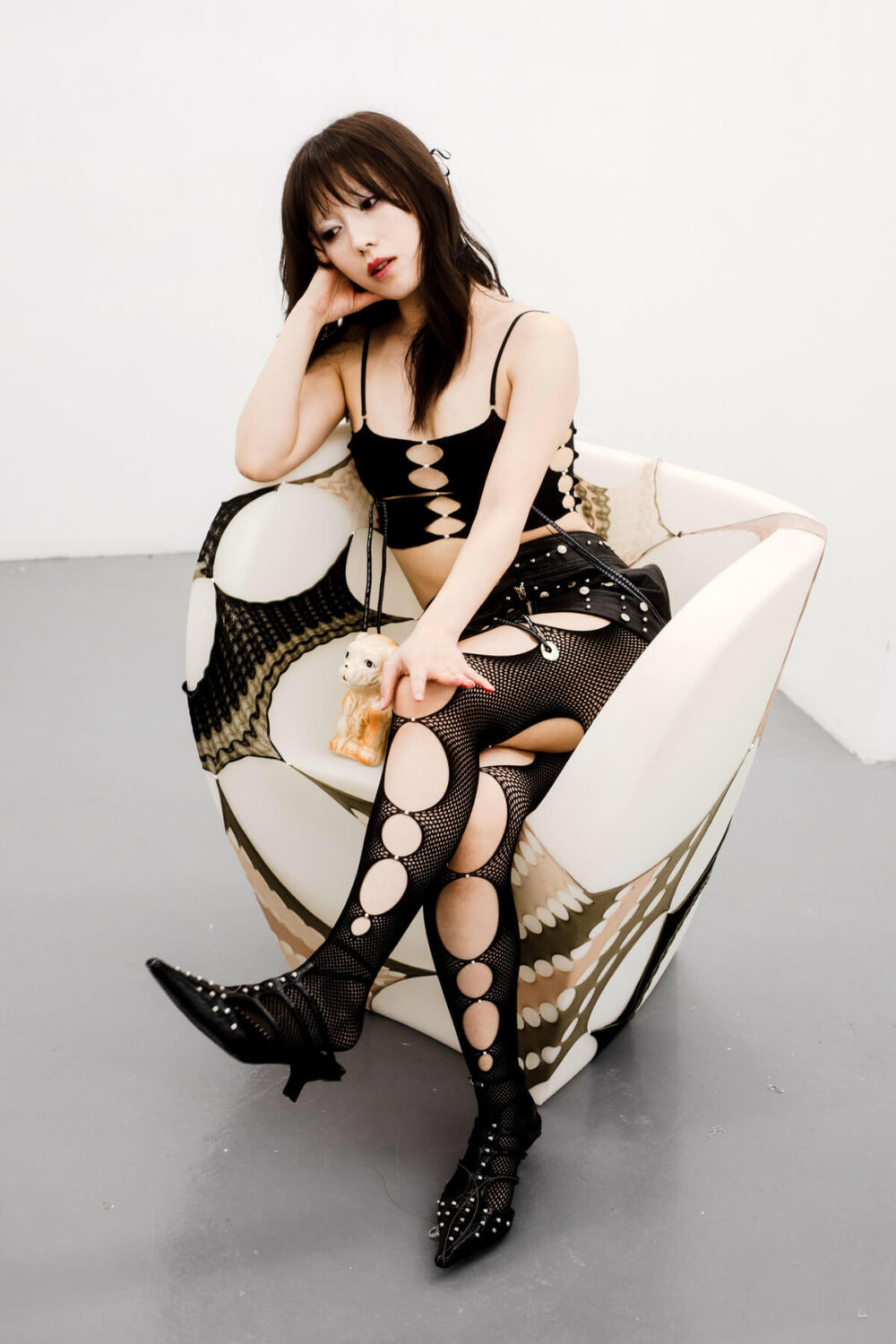
Which music genres or artists helped you build, and influenced, the designs presented in this collection?
I got inspiration from Pina Bausch, especially her quote “I’m not so interested in how they move as in what moves them.”
This time, for our Paris fashion week, we invited performer Kominato Yotsuha, who works in the Japanese adult film industry. She used to be a member of a dance vocal group. During the presentation, she «exposes» herself to the audience, her body intensely scrutinized and observed, provoking profound reflections on bodily autonomy and the dynamics of gaze. Our new collection is a love letter written on the body, dedicated to all those exploring the edges and seeking their truest selves.
What would you say is your signature design?
Since the brand’s inception in 2019, Rui has consistently explored the concept of being “in-between.” Our signature design language revolves around bead-linking, soft draping, sheer stretch textures, curving lines, and cut-out shapes; these further emphasize the body’s boundaries, revealing and concealing in a delicate balance.
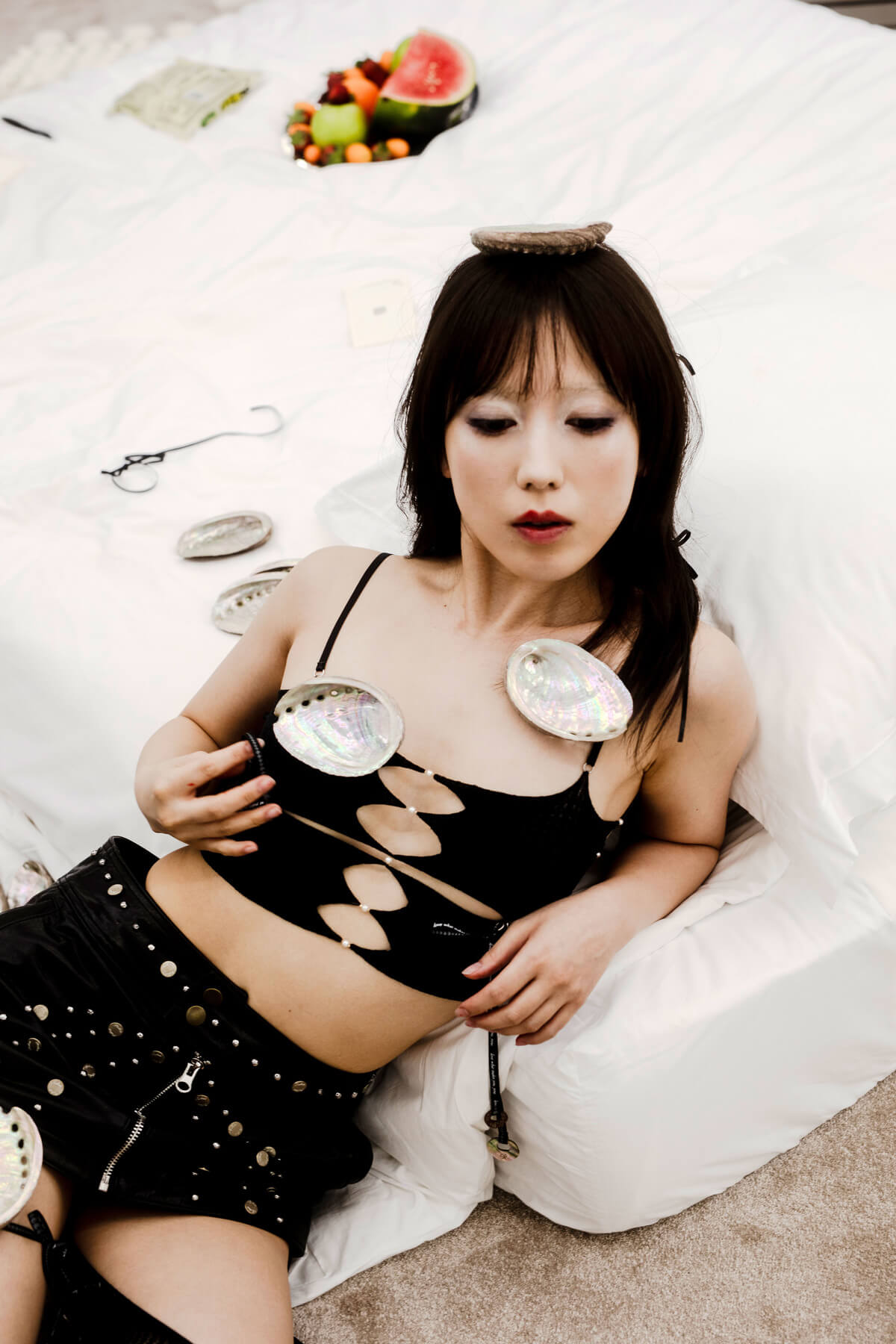
What has been the most exciting part of creating this collection?
The most exciting part was watching the pieces come alive in the fitting process — seeing how each curve, sheer texture, or linked detail responded to the body. It’s in those subtle shifts that the emotion of the collection starts to breathe.
What was the hardest?
The collision and balance between creativity and commerce is a challenge every designer must face.
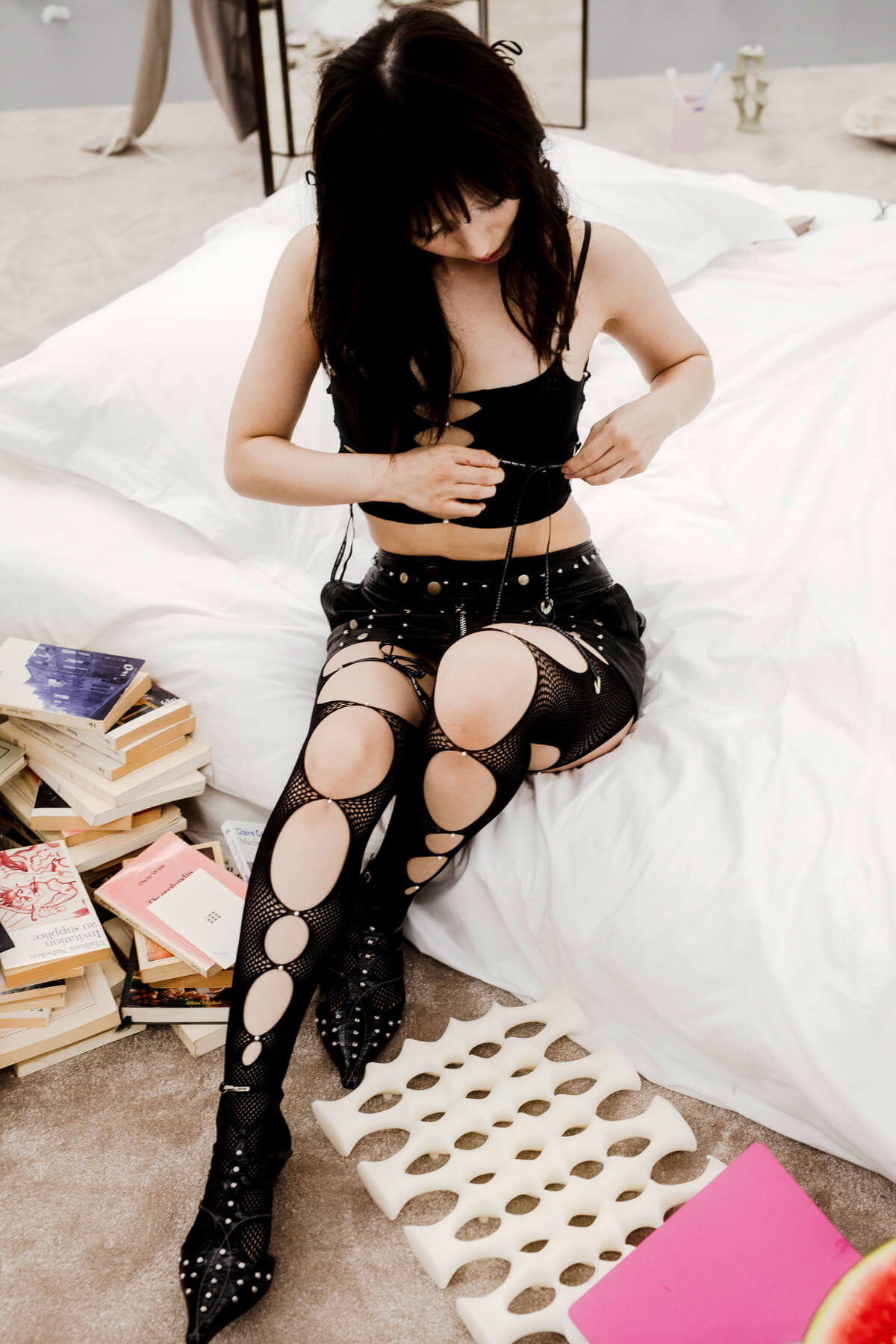
You transitioned your label from Rui Zhou to RUI-built, what is the main idea behind it?
We aim to make clothing an intrinsic part of the individual — not something worn, but something felt, something lived in.
The pronunciation of “RUI-built” echoes the word “rebuilt,” which reflects our desire to rebuild concepts of body, gender, identity, boundaries, perspective, and relationships. By embracing this fluidity, we invite each wearer to form a unique and intimate dialogue with their clothing.
What direction would you like to see RuiBuilt go towards in future seasons?
In future seasons, I would like to see RUIbuilt move towards greater diversity, richness, and deeper integration into everyday life. We embrace all kinds of collaborative opportunities to create even more possibilities.
Finally, what would you like to do in Paris before saying au revoir?
Breath and touch.

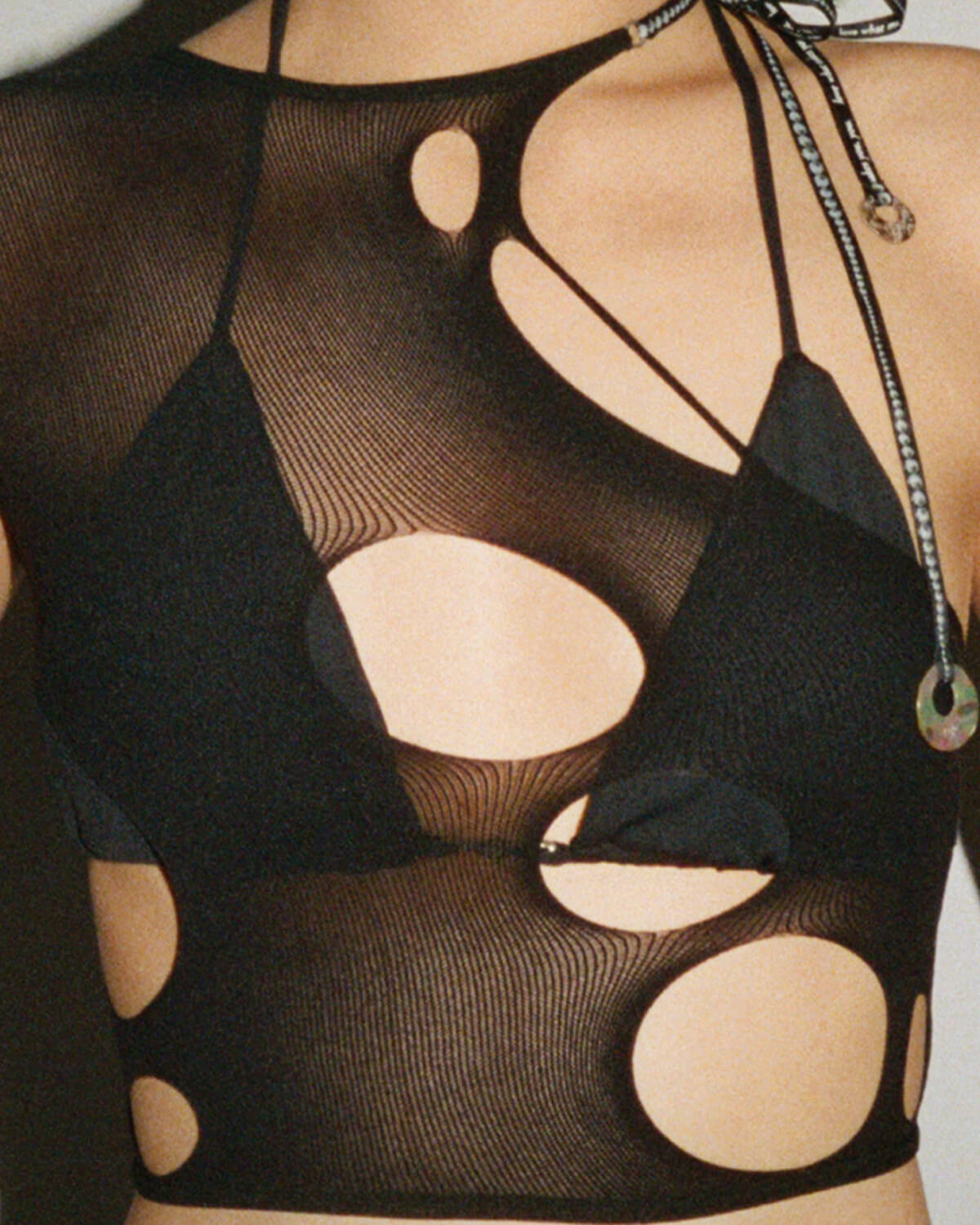
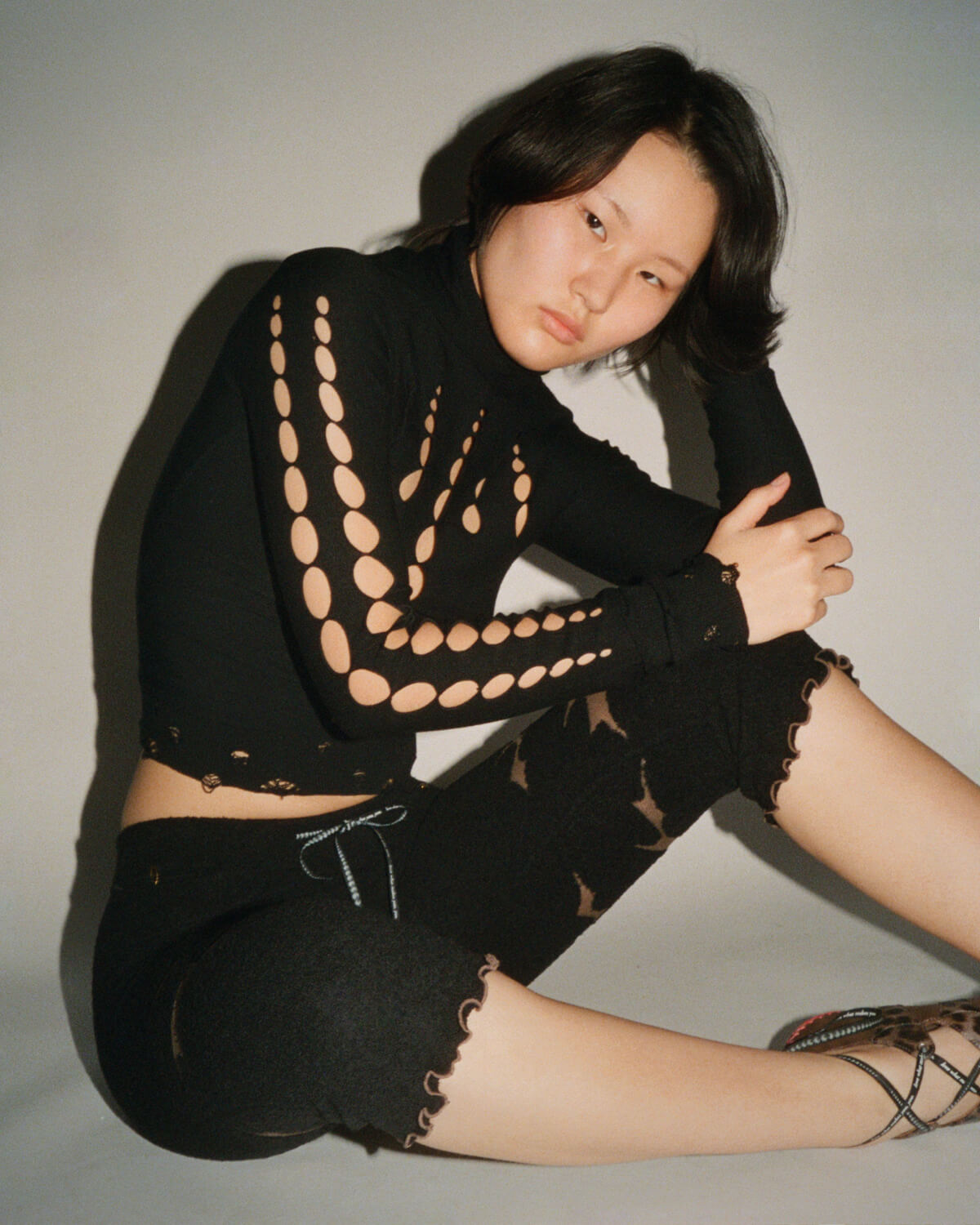
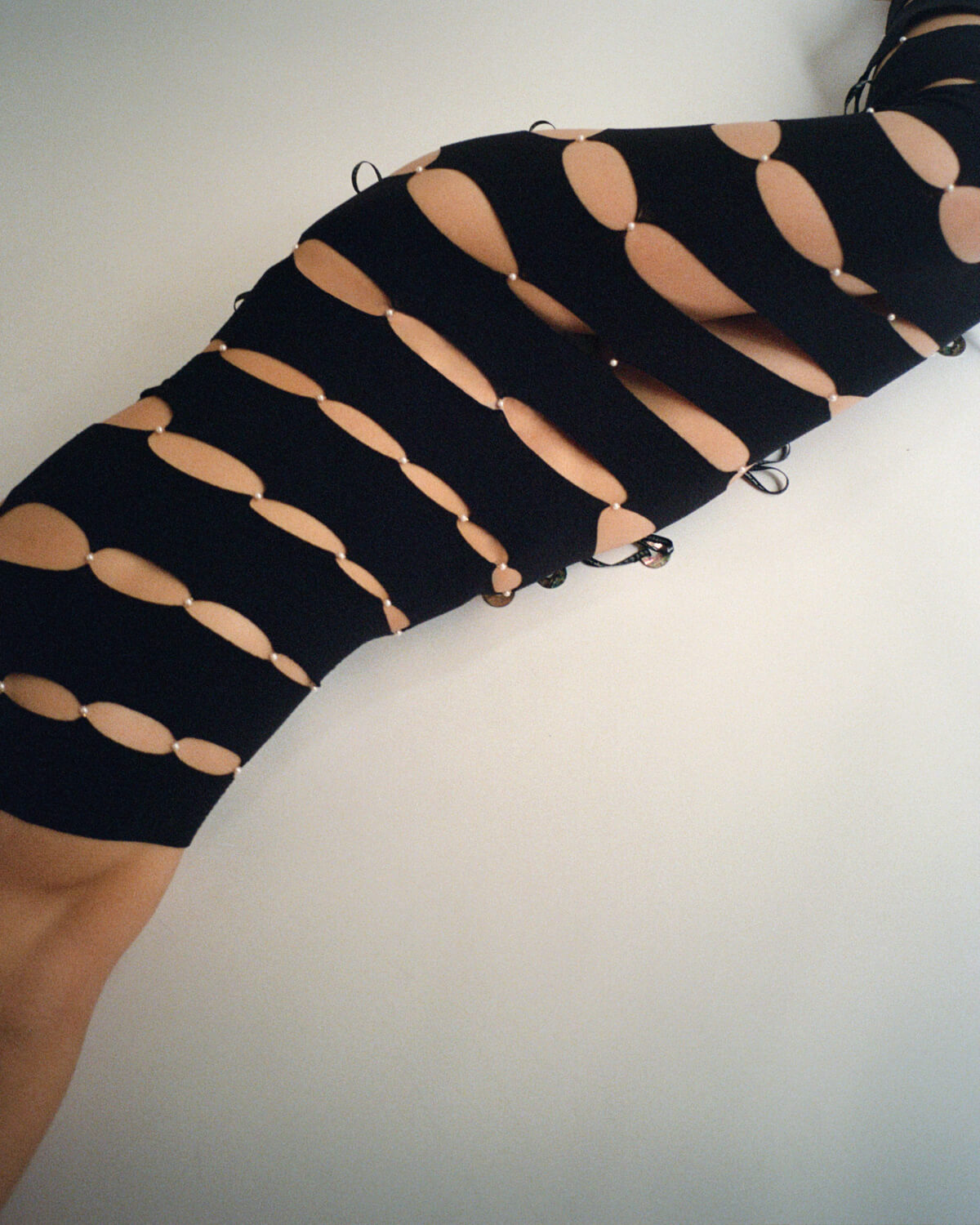
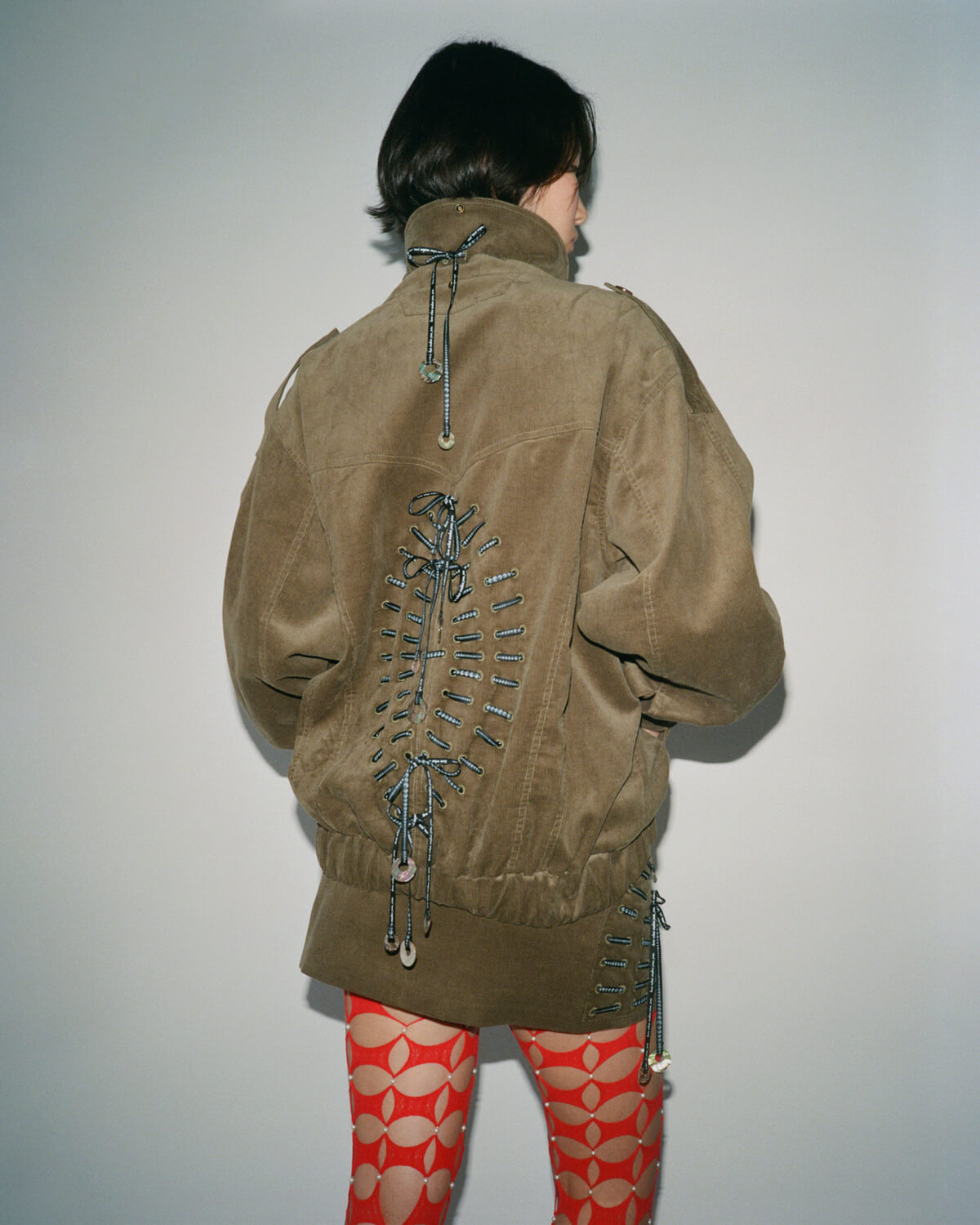
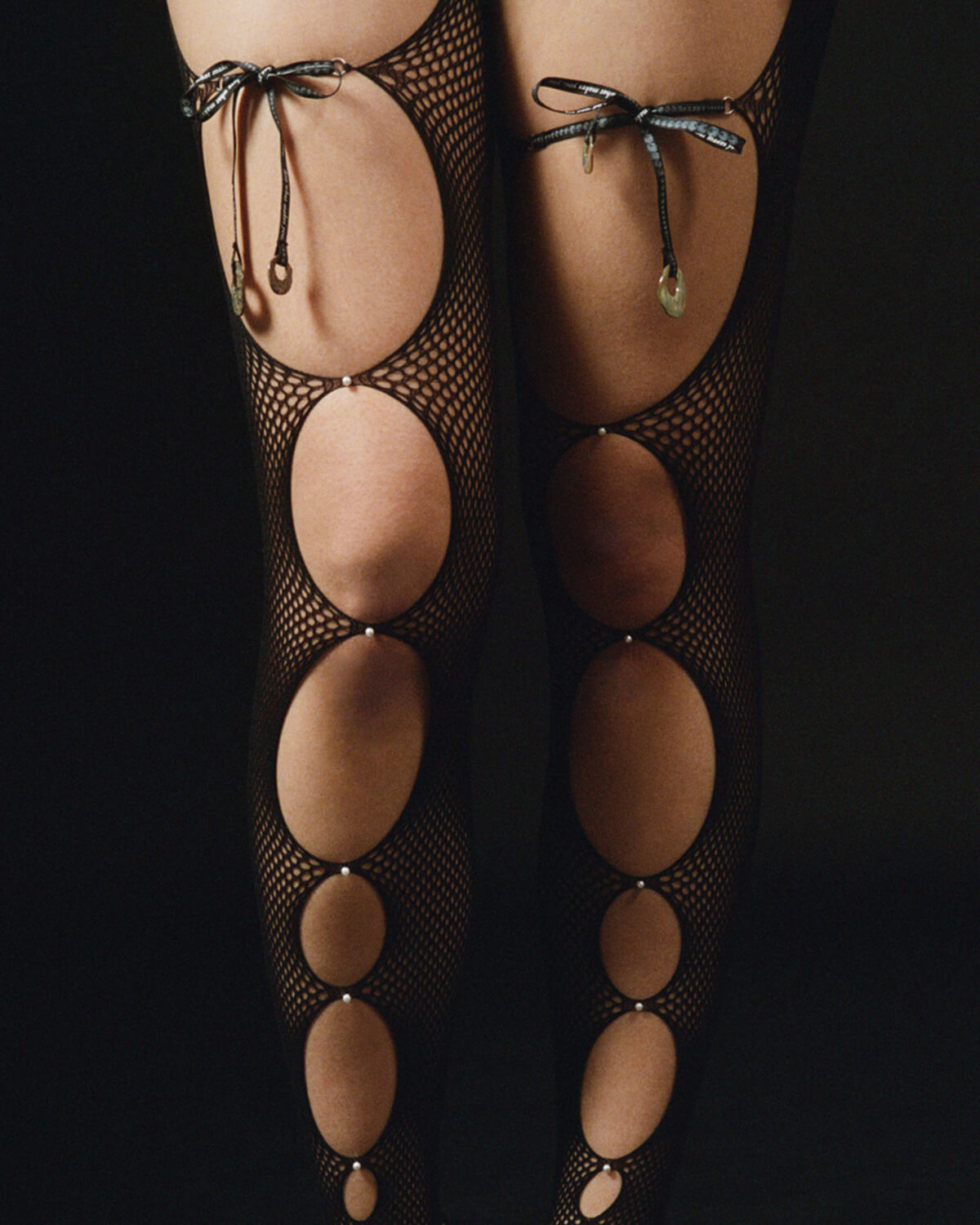


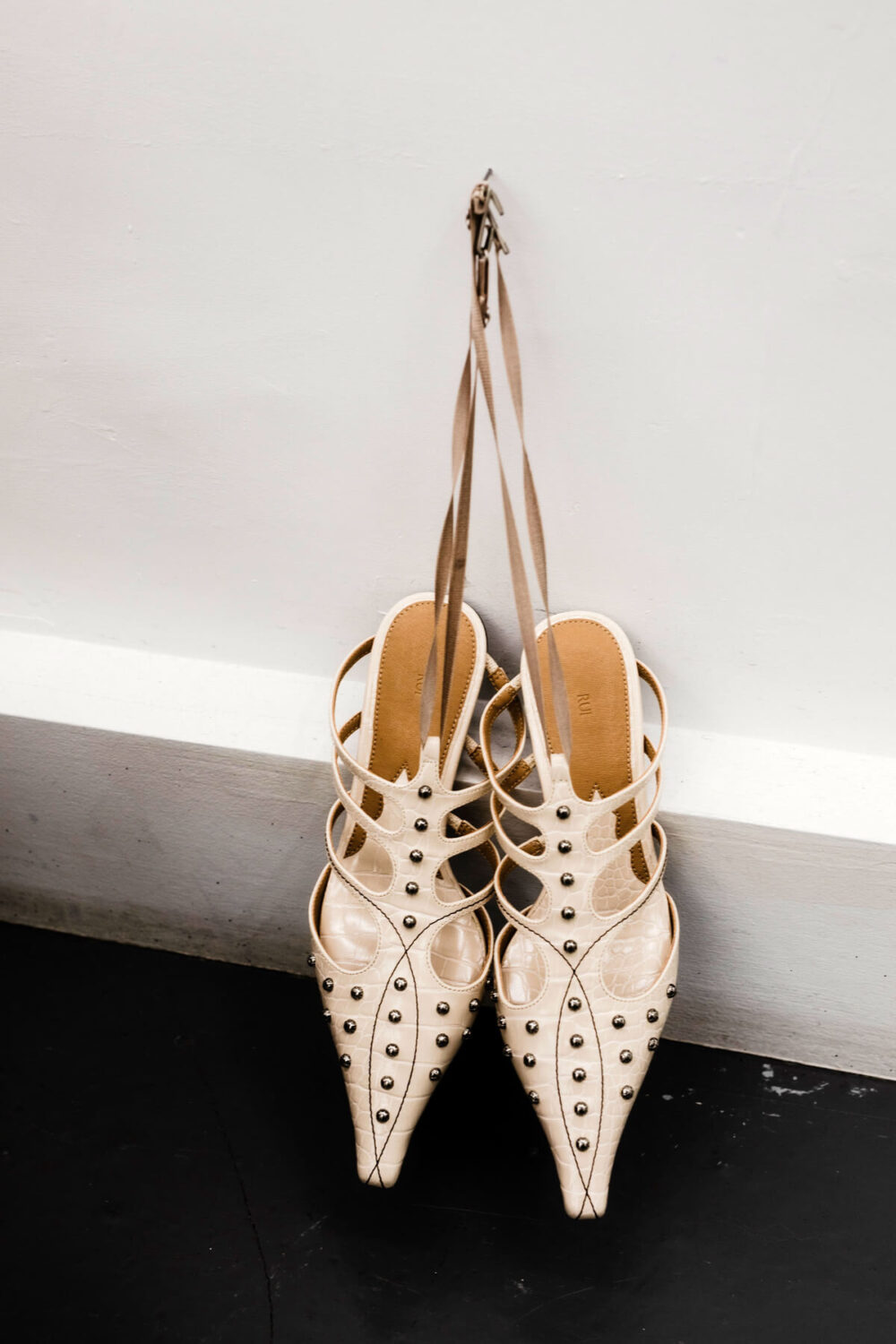
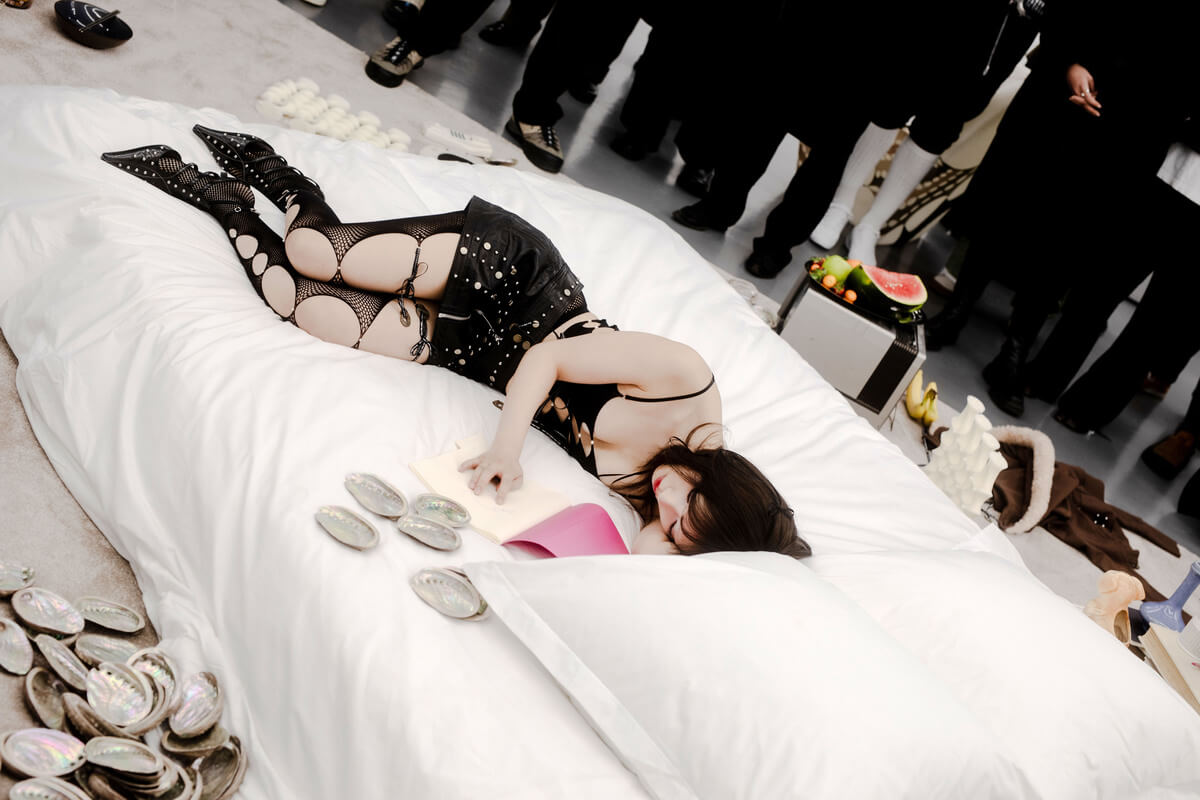
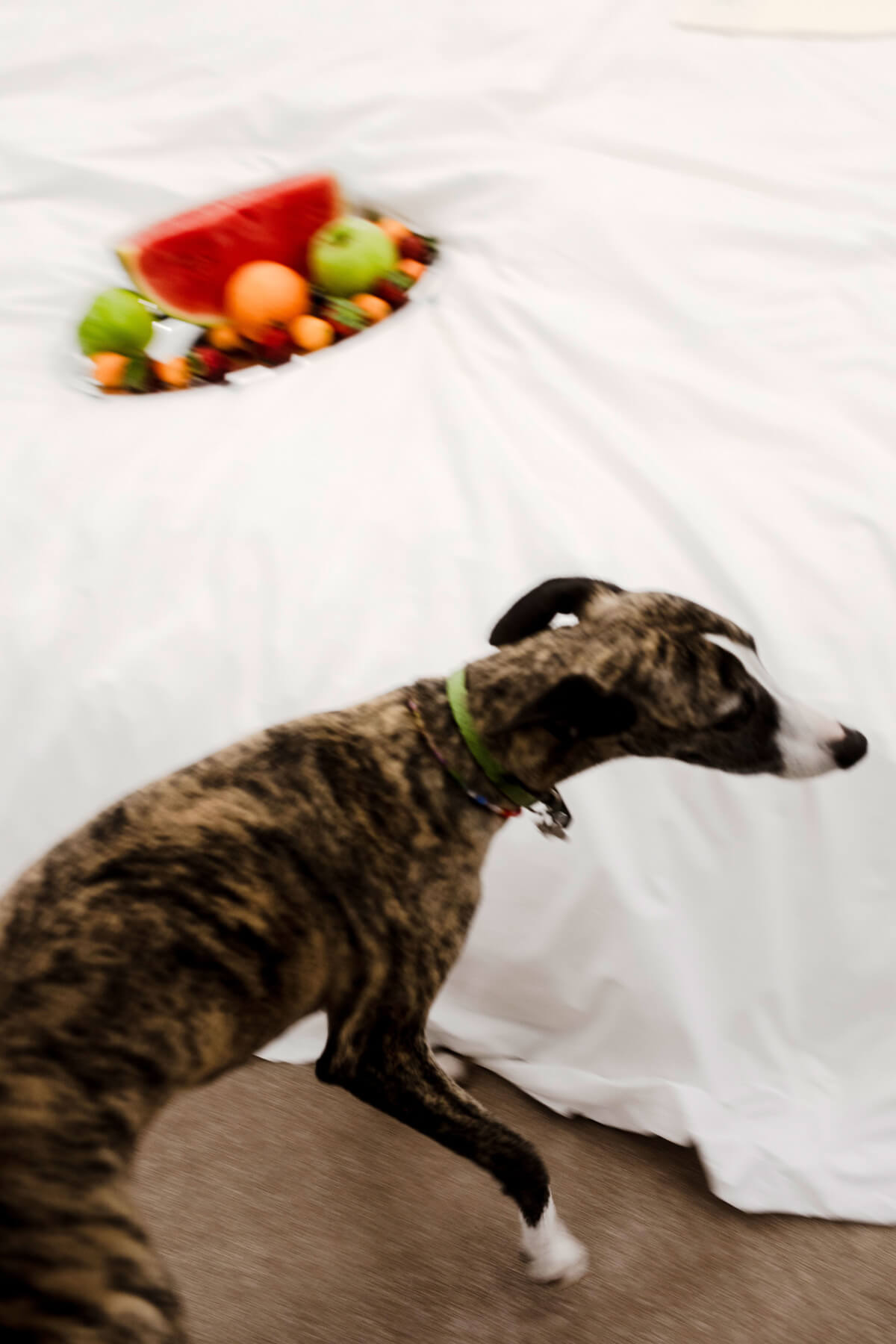
Campaign Credits:
Model: Kominato Yotsuha
Photography: Theo Liu
Styling: Laëtitia Gimenez Adam
Set Design: Felix Gesnouin
Movement: Eric Christison & Madoka Kariya
Makeup: Jewel Y
Hair: Keisuke Terada
Nails: Fanny Wonyu
Producer: Julia Ibatullina
Presentation Credits:
Performance: Kominato Yotsuha
Styling: Laëtitia Gimenez Adam
Hair: Keisuke Terada
Makeup: Jewel Y
Nails: Fanny Wonyu
Set Design: Felix Gesnouin
Choreography: Eric Christison & Madoka Kariya
BTS Photography: Sarah Fuchs
PR: Ritual Projects & GKC
Producer: Julia Ibatullina

